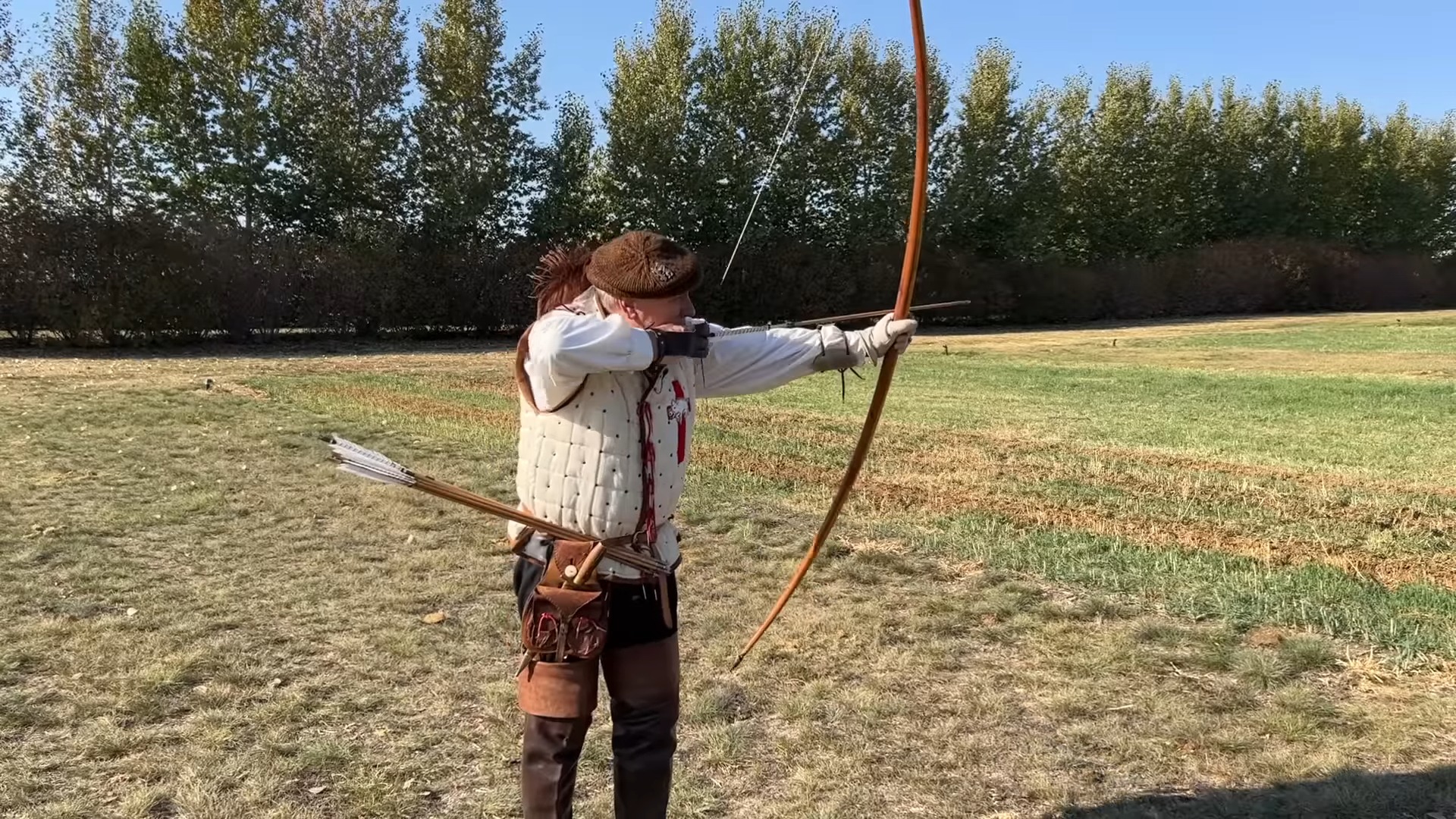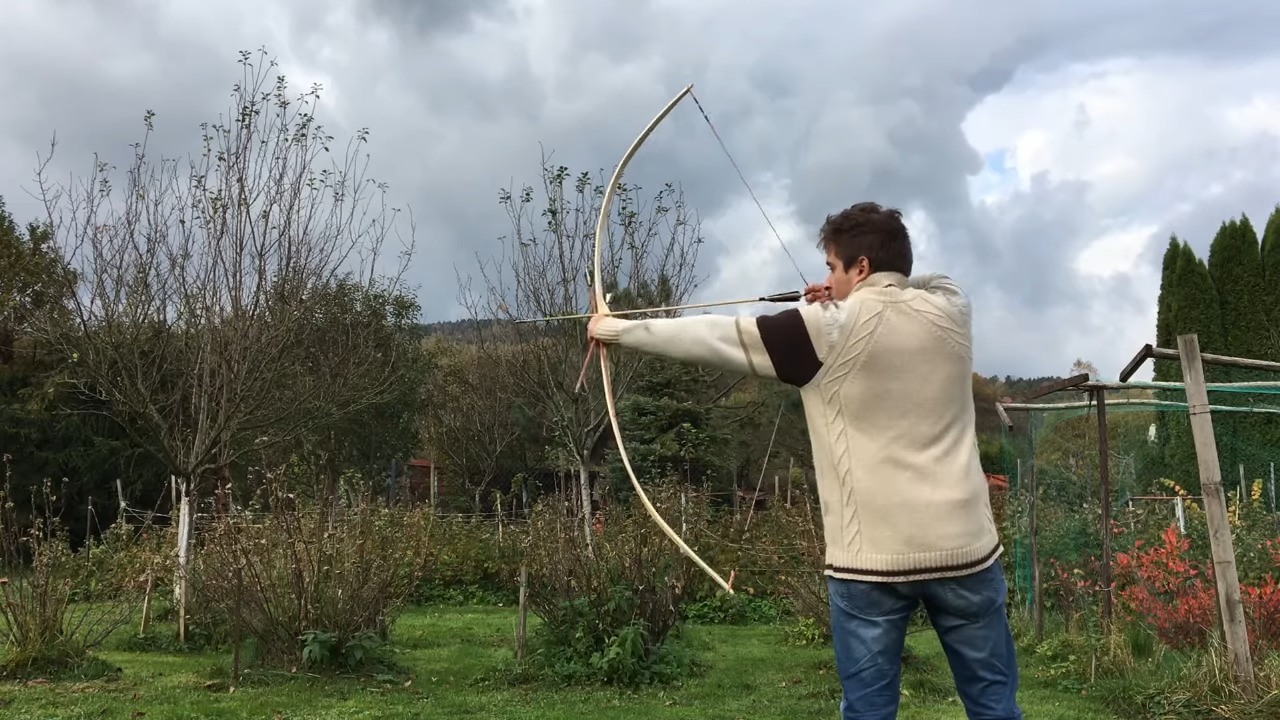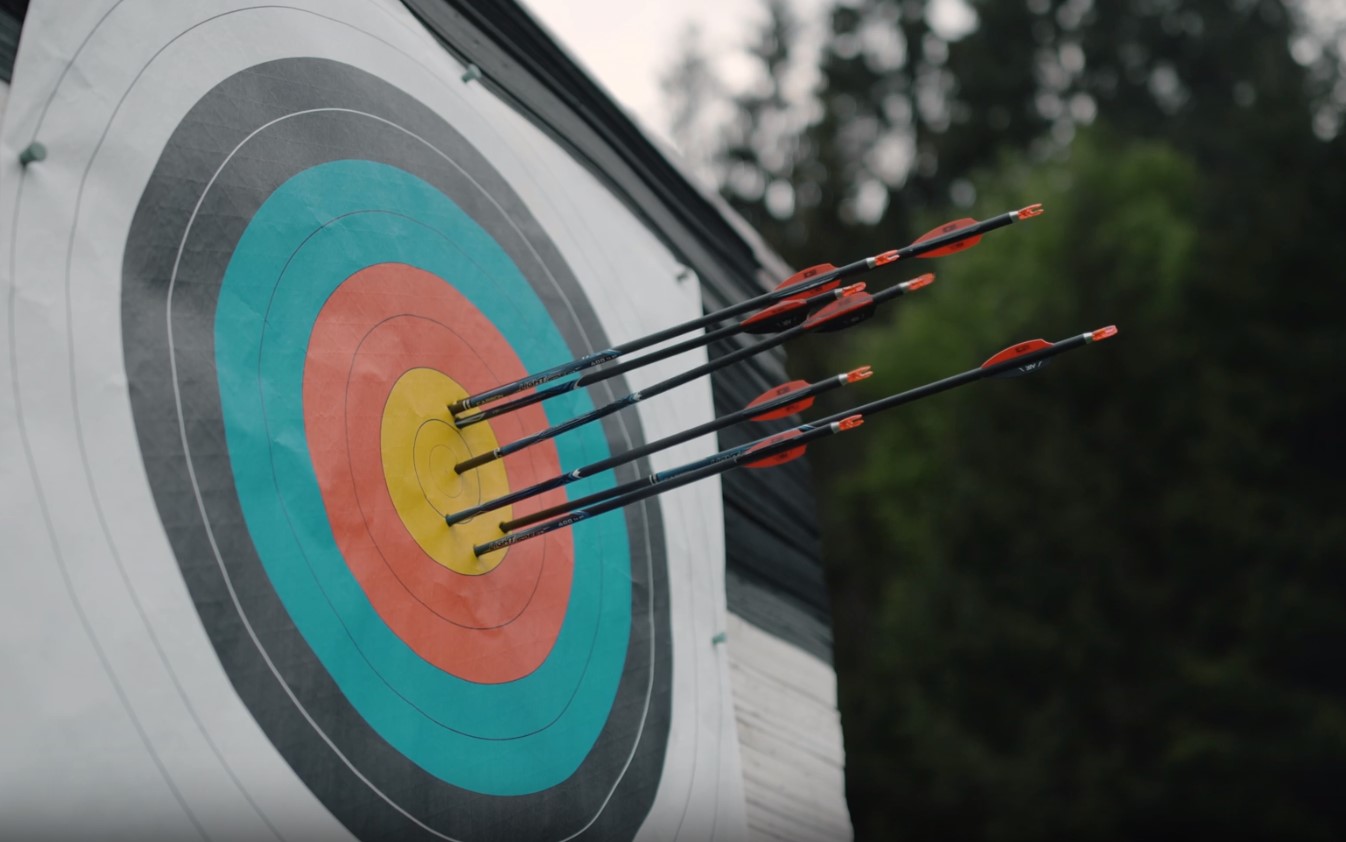I can’t emphasize enough the importance of selecting the appropriate bow for your archery journey. The bow is not just a tool; it’s an extension of the archer. A poorly chosen bow can hamper your progress, lead to bad habits, and even result in physical strain.
On the flip side, the right one can make your archery experience immensely rewarding and accelerate your development as an archer. This guide will serve you as a resource for exploring different types of bows, each with its unique history, characteristics, and applications.
You’ll find that the range of bows extends from the classic and simplistic designs of traditional ones to the highly sophisticated and specialized modern variations. Additionally, for those who are undecided, I’ve included essential factors to consider, like purpose, experience level, and budget, as well as critical maintenance tips.
Traditional
Traditional bows are the simplest form and can be traced back to ancient civilizations. With minimalistic designs and the absence of advanced mechanics, these are a favorite among purists.
Longbows

The longbow has a long history of use, dating back to medieval Europe. It was the bow of choice for the English during many historical conflicts. Its long, slightly curved form made it a highly effective weapon for long-range attacks.
Characteristics
Longbows are characterized by their simplicity. They are essentially long pieces of wood bent into a bow shape, with a string attached to both ends.
The bow is usually as tall as the archer, allowing for long draw lengths. It lacks sights, stabilizers, or any other modern accessories, making it essential for the archer to rely on skill alone.
Applications
Longbows are ideal for traditional archery and hunting. While they might not offer the mechanical advantage that more modern bows do, they make up for it with a natural shooting experience.
They are particularly popular among enthusiasts who appreciate the skill and craftsmanship that goes into making and shooting a traditional longbow.
Recurve

The recurve bow design can be traced back to Asia, specifically among the Mongols and the Chinese. Its name comes from the bow’s curves that ‘recur’ away from the archer. This design feature provides more speed and energy to the arrow.
Characteristics
Unlike the longbow, the recurve bow has limbs that curve away from the archer when unstrung. This feature stores more energy, allowing for faster arrow speeds. Recurve bows are usually shorter than longbows, making them easier to handle in tight spaces.
Applications
Recurve bows are versatile and can be used for both target archery and hunting. They are the only variations allowed in Olympic archery, making them popular among competitive archers. Their compact size also makes them ideal for hunting in environments where space is limited.
Modern Variations
Modern bows are characterized by their mechanical components, which provide advantages in terms of accuracy, speed, and ease of use. These are the bows of choice for those who are looking for high performance and are willing to invest both time and money into their archery endeavors.
Compound Type
The compound bow is a relatively new invention, created in the 1960s in America. It revolutionized archery by providing a mechanical advantage through its system of pulleys and cams.
Characteristics
The most recognizable feature of a compound bow is its system of cams and cables. This mechanical system allows for a “let-off” at full draw, meaning the archer holds less weight when the bow is fully drawn. This makes it easier to maintain aim for longer periods.
Applications
Compound bows are often used in both target archery and hunting. Their mechanical advantages make them highly accurate and powerful, ideal for long-range shots.
They are particularly popular among hunters, as their let-off allows for more time to aim without fatigue.
Crossbows

Crossbows have been around for centuries and were originally designed for warfare. Their ease of use made them popular among soldiers who did not have the time to master traditional archery.
Characteristics
The crossbow consists of a bow-like assembly mounted on a stock, similar to a rifle. It uses a trigger mechanism to release the bolt. Unlike other types, the crossbow is aimed horizontally.
Applications
Today, crossbows are primarily used for hunting and target shooting. They offer high power and accuracy but are generally heavier and bulkier than other types.
Many states have specific regulations concerning crossbow hunting, so it’s essential to be aware of the laws in your area.
Specialty Variations
Specialty bows are designed for specific archery styles or activities. While not as commonly used as traditional or modern variations, these have unique features that cater to niche needs.
Horse Type
Horse bows originated from cultures that highly valued mounted archery, like the Mongols and Huns. These were designed to be used on horseback, requiring a unique set of characteristics.
Characteristics
Horse bows are compact and lightweight, allowing for easy use while riding. They often have a recurve design, enabling higher arrow speeds. The grip is usually asymmetrical, designed to shoot both to the left and right while riding.
Applications
Today, horse bows are mainly used in mounted archery competitions and historical reenactments. They are specialized tools that offer a unique archery experience, blending the line between history and sport.
Flatbows

The flatbow design is indigenous to North America and primarily used by Native American tribes. It features wide, nearly rectangular limbs that differ significantly from the narrow design of longbows or recurves.
Characteristics
The wide limbs distribute the bow’s stress more evenly, allowing for a more durable yet flexible design. Flatbows are often made of a single piece of wood, making them sturdy and reliable.
Applications
Flatbows are primarily used for target shooting and occasionally for hunting. They are generally more forgiving to shoot than other types of bows, making them a good choice for beginners and those looking for a more straightforward archery experience.
Factors to Consider When Choosing a Bow
It’s easy to get overwhelmed by the plethora of bows available. Yet, knowing the different types is just one piece of the puzzle. To hone in on the ideal bow for you, it’s crucial to consider other aspects such as purpose, experience level, and budget.
Purpose

Target Archery vs. Hunting
The activity for which you intend to use the bow significantly affects your choice. Target archery often allows for larger and more complex bows since you don’t have to carry them long distances.
For hunting, you might prefer a more compact and lightweight bow for easier maneuverability.
Specialized Activities
For niche archery activities like mounted archery or historical reenactments, specialized bows like the horse bow or flatbow are more appropriate. These bows are designed to meet the unique challenges of these activities.
Experience Level

Beginner
If you’re new to archery, simpler bows like recurves or flatbows might be the best way to start. They offer a less steep learning curve and allow you to focus on mastering the basics.
Intermediate and Advanced
For those with some experience or specific goals in mind, compound bows or even specialized bows might be more suitable. These bows offer greater accuracy and customization but usually come with a higher price tag and a steeper learning curve.
Budget
Bows can range from relatively inexpensive to very high-end models that come with a significant cost. When setting a budget, also consider the cost of additional equipment like arrows, quivers, and sights, as well as maintenance expenses.
Quality vs. Price
While it might be tempting to go for the cheapest option, it’s crucial to balance cost with quality. Sometimes, investing in a slightly more expensive bow can offer better durability and performance, which may save you money in the long run.
Maintenance and Upkeep
No matter what type of bow you choose, proper maintenance is crucial for ensuring it remains in optimal condition. This not only helps you shoot better but also extends the lifespan of your equipment.
Cleaning and Storage
Keeping it Clean
Dirt and moisture are the enemies of any bow. Make sure to wipe down your bow with a dry cloth after each use. Specialized cleaning products for the bowstring can also help maintain its integrity.
Proper Storage
When not in use, store your bow in a cool, dry place away from direct sunlight. Using a bow case can provide extra protection. For compound bows, releasing the tension on the strings and cables can help maintain their condition.
Regular Checks
Inspecting the Bow
Regularly check the limbs for cracks, the strings for fraying, and the overall structure for any loose components. Identifying and addressing minor issues early can prevent them from becoming significant problems later on.
Professional Tuning
Even with careful maintenance, bows can go out of tune due to regular use. Having your bow professionally tuned once or twice a year ensures that it remains in peak condition.
FAQs
Can I use a recurve bow for hunting large game?
While recurve variations are versatile and can be used for hunting, they may not always be the best choice for large game due to their lower draw weight compared to compound ones.
If you are considering hunting large game like elk or deer, a compound bow is generally a more effective option due to its mechanical advantages, which allow for higher draw weights and more powerful shots.
Are longbows suitable for children or beginners?
Longbows are often not recommended for children or beginners due to their long draw lengths and the level of skill required to shoot accurately. Recurve types or flatbows are usually a better starting point for those new to archery, as they offer a more forgiving learning curve and come in lighter draw weights suitable for younger archers.
What is the average lifespan of a compound bow?
The lifespan of a compound variation can vary based on how frequently it’s used and how well it’s maintained. Generally, with proper care, a compound bow can last for many years.
However, components like strings and cables will need to be replaced more frequently—usually every 2 to 3 years, depending on use.
Is it legal to hunt with a crossbow in all states?
No, hunting with it is subject to state laws, and it is not legal in all states. Some states only allow crossbow hunting during certain seasons or for hunters with specific physical disabilities. Always check your local regulations before going hunting with a crossbow.
How do I know what draw weight is right for me?
Choosing the right draw weight depends on various factors such as your physical strength, experience level, and intended use (target shooting vs. hunting).
A general guideline is to start with a lower draw weight if you’re a beginner and gradually move up as your skills and strength improve. Archery shops often have bows you can try before purchasing, which can help you find a comfortable draw weight.
Are there any bows designed specifically for women?
While there isn’t a specific category exclusively for women, many manufacturers offer bows with lighter draw weights and shorter draw lengths to accommodate smaller frames. Additionally, some companies design bows with ergonomic grips and other features tailored to suit the needs of female archers.
Final Words
Choosing the right type of bow can greatly affect your archery experience. From the minimalistic design of traditional variations to the high-performance characteristics of modern bows and even the niche applications of specialty variations, understanding their origins, characteristics, and applications can help you make an informed decision.
Whether you’re interested in the historical aspects, the competitive edge, or simply want to try something new, there’s a bow out there for you.
I’m Matt, and I’ve been with GearDesciple for about five years after my brother Jared roped me in. I wasn’t always into the outdoors, but a few reluctant hikes turned into a real passion. Now, I help test and review gear with a focus on honest, experience-based advice. As someone who came to outdoor life later on, I’m especially driven to help newcomers find their footing.